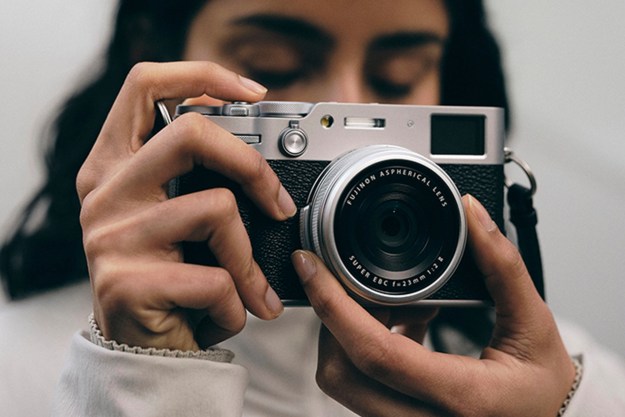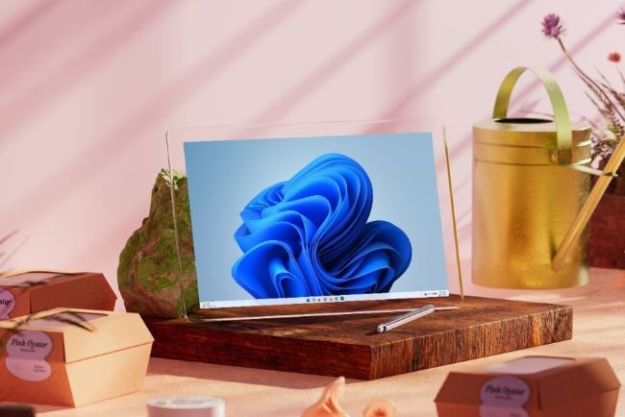If you had to use a word to describe Mike Taylor, it would be nyctophilia, a term that means one’s preference for darkness. As a noted astrophotographer, it makes sense why Taylor would be attracted to the night.
“I have always been a ‘night owl.’ I can remember sneaking out of the back door of my home as a teenager on warm summer nights to go sit somewhere in my neighborhood and wonder about Man’s existence while looking up at the stars,” Taylor says. “Most folks are so busy with day-to-day life that they rarely contemplate the radical idea that we all live on a small rock, which is rotating and flying through the cosmos at a speed we can barely fathom.”
There is so much to see, so much to hear, so much to enjoy during the dark hours of each day.
What is astrophotography, and how did you get into it?
Astrophotography, in and of itself, is the process of capturing the features of the night sky. My specialty is landscape astrophotography, where I incorporate the aspects of wide-angle framing and foreground interest for my night sky images. As I said, I originally got into this area of photography years ago because I’ve always been a “night owl.” When I started seeing very well-processed Milky Way images, I said to myself, “I bet I can do that too.” And that’s one of the main things I try to teach in my workshops. Anyone with decent camera equipment can do this.
There is so much to see, so much to hear, so much to enjoy during the dark hours of each day – the moon, the stars, the Milky Way, the occasional meteor, and the spectacular Northern Lights displays.

What gear do you shoot with?
I have used Nikon gear for years. I’m very familiar with their ergonomics and menus, having used practically every model they’ve made over the last 10 years. I don’t go in for the whole “Nikon versus Canon” argument because both companies make extraordinary equipment. I currently use a D600 and the phenomenal 14-24mm aspherical wide-angle lens as my go-to gear. I also have a D7000 and Tokina 11-16mm as a backup.
How long are exposures?
In general, exposure times for the Milky Way and constellations are anywhere from 15 seconds to 30 seconds, or slightly longer. It depends on your gear because full-frame cameras can take longer exposures than cropped-sensor cameras without the stars trailing. Specific lenses and focal lengths come into play as well. As always, the exposure triangle [shutter speed, aperture, ISO] is the first thing to consider when photographing at night, as long as your gear is capable of capturing decent images at very high ISO settings.
Be respectful of your surroundings. Allow yourself to be filled with wonder and have fun.
Where do you go to escape light pollution?
I am fortunate that I live in Maine, the darkest state on the East Coast. In general, you need to drive as far away as possible from any city or town – 50 to 100 miles is a good start. I have quite a few favorite spots along the coast and in inland Maine where I know the light pollution is at a minimum. I also work with the International Dark Sky Association to raise public awareness of the negative effects of man-made artificial lighting.
Any advice and tips for newbies?
First, learn all your camera’s capabilities. Also know your gear’s limitations. Plan your shoots by scouting areas during the day. Be patient. Think outside the box. Be respectful of your surroundings. Allow yourself to be filled with wonder and have fun.
Milky Way shots: My go-to settings are f/2.8, 30-second exposure at ISO 3200 on a full-frame camera. These settings are sort of the “industry standard” among night photographers for good reason.

Photographing the Northern Lights is a different situation because the sky is so much brighter. My go-to settings for aurora hunting are f/2.8 through f/4, 15- to 20-seconds exposure, and an ISO of 1,000 to 1,600, so that you can capture the detail in the spikes, arcs, and curtains of light. In general, if you shoot longer than this and/or at a higher ISO, the brightness and colors will wash out.
Do you need a DSLR or can you use any of the high-end point-and-shoot cameras that have “star” settings?
While any point-and-shoot camera can be used for night photography, as long as it has a high ISO and long-exposure capabilities, high-end DSLRs are really the way to go. I have always subscribed to the idea that it’s not the camera that matters as much as the person looking through the viewfinder. But, night photography is a different animal than daytime photography. Optimal results will be achieved with the best equipment and training you can buy.
Mike Taylor is the owner and photographer at Taylor Photography, a freelance imaging studio based in a 19th-century farmhouse in central Maine. Taylor has been a scenic/nature and studio photographer for over 20 years and counting. He moved to Maine years ago when he decided to get away from the bureaucracy, traffic, and congestion of the Washington, D.C., outskirts where he was born and raised.

Taylor is an accomplished landscape astrophotographer, with his recent work having been featured on The Weather Channel, NBC News, Yahoo! News, Space.com, Earthsky.org, Spaceweather.com, Solarham.net, and multiple other science websites and social media pages. Taylor has also been working in conjunction with the International Dark Sky Association trying to help raise public awareness of artificial light pollution and its negative effects on human health, wildlife, safety, and energy waste.
Taylor teaches night photography and post-processing workshops in scenic areas of Maine including Pemaquid and Marshall Point Lighthouses, Acadia National Park, Moosehead Lake, and the Western Mountains. His courses are available as group sessions as well as one-on-one instruction. For information, visit his website.


